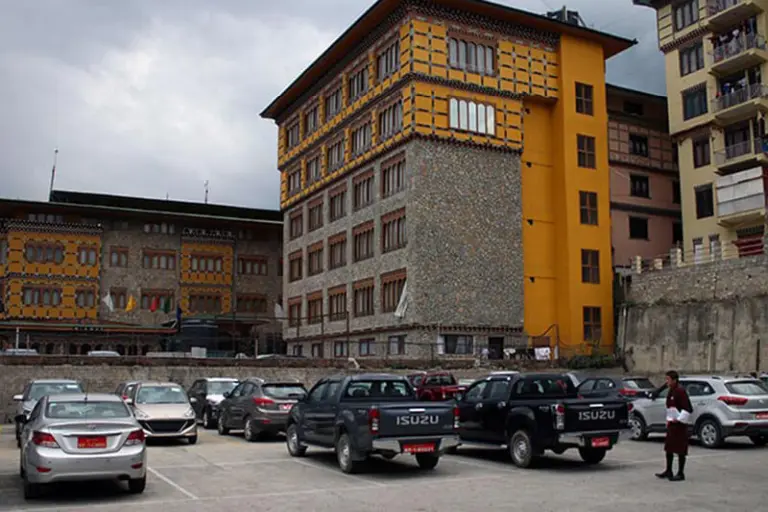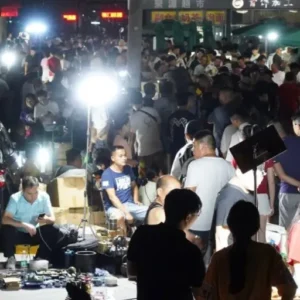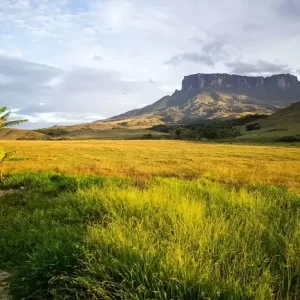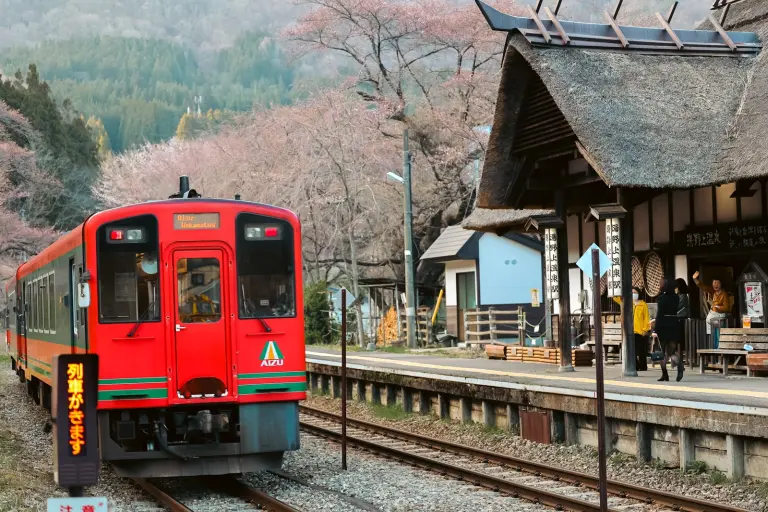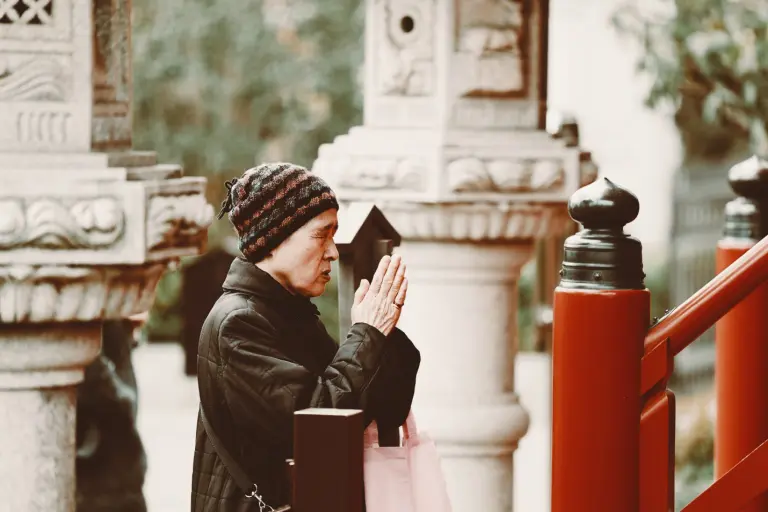When traveling to Bhutan, visitors will often hear stories about life in this unique kingdom, but it’s not until you see it firsthand that you truly understand how different daily life and the people here can be. One particularly fascinating aspect is transportation—how do the people of the “Happiest Country” get around, and what should travelers keep in mind? Let’s explore the essentials of Bhutan’s traffic culture.
Traffic Culture in Bhutan
Bhutan’s traffic system is unlike anywhere else, with its own distinctive rules that every visitor should know.
Instead of driving on the right side of the road like in most countries, vehicles here drive on the left. The traffic is far more orderly compared to other South Asian countries. Speeds remain slow both in towns and rural areas, with drivers generally advised to keep to around 30 km/h on hilly or steep roads.

Traffic police strictly enforce regulations, even on narrow roads. A minor accident can cause delays, as everyone patiently waits for the nearest officer to arrive and handle the situation.
Compared to the hustle and chaos of neighboring India, Bhutan feels like a driver’s paradise—no unnecessary whistle-blowing from police, minimal traffic violations, and an overall relaxed driving atmosphere. The calmness of Bhutan’s roads reflects the patience and courteous nature of its drivers.
>> Traveling to Bhutan: What you need to know
Unique Features of Bhutan’s Traffic
- Variety of Vehicles – You’ll see everything from luxury SUVs to modest compact cars sharing the road.
- Speed Measurement – Speed is measured in km/h.
- Bilingual Signs – Road signs are displayed in both Dzongkha and English.
- Speed Limits – 20 km/h in towns and 50 km/h on highways.

No Traffic Lights – Only Human Control
Bhutan has no traffic lights anywhere. Instead, traffic flow is managed manually by police officers, often standing on raised platforms at intersections.
Roundabouts
Without traffic signals, roundabouts serve as the main system for directing vehicles at major intersections. You’ll spot plenty of them in towns, though they are rare in rural areas.
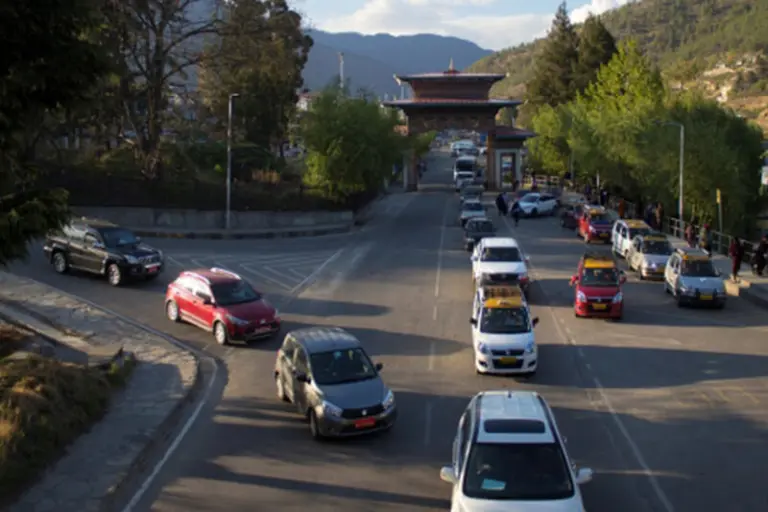
>> What to know before visiting Bhutan – Dos & Don’ts
Pedestrian Crossings
Pedestrian crossings are common, but drivers are not always required—or inclined—to stop. Crossing the road can feel similar to Vietnam, where large vehicles often don’t yield, so pedestrians must remain alert.
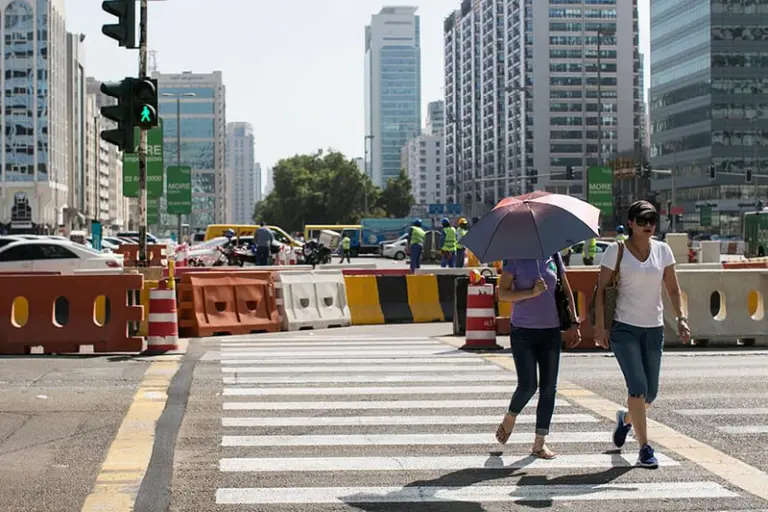
Tips for Driving in Bhutan
1. Driving in Towns
Traffic is generally relaxed, but congestion can occur during rush hours—mainly in the morning and evening. To avoid delays, leave about 10 minutes earlier than planned.
2. Rural Roads
Rural roads can be more challenging than city streets. Many are steep, winding, unpaved, and run along mountainsides with sheer drops. These routes are best left to experienced local drivers.
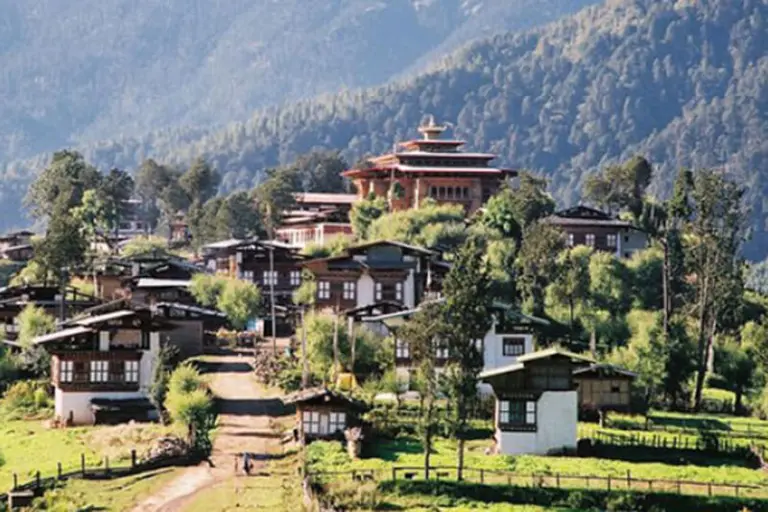
>> Top 6 highly-rated hotels in Bhutan you shouldn’t miss
3. Night Driving
Mountain areas are often foggy, and some roads lack streetlights. Weather conditions can also cause landslides or flooding. Travelers should avoid night driving unless accompanied by locals and always follow road signs.
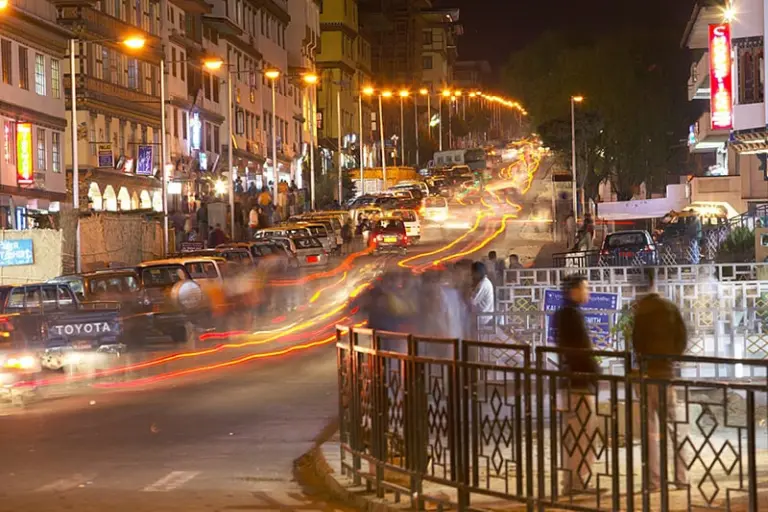
4. Parking
Parking is allowed anywhere a car fits, as long as the driver pays the parking fee. It’s common for drivers to carry small change for this purpose.
